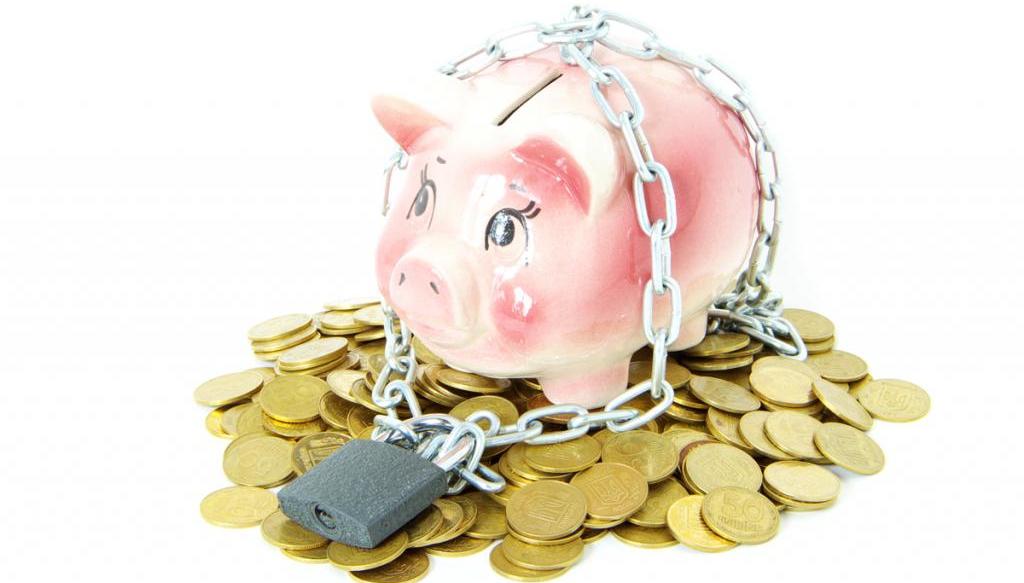Modern business conditions are characterized by the desire of many companies to overcome the crisis and develop good prospects for the development of debt policy, as borrowing is part of the business activities of any company that allows you to maintain capital structure, financial condition and creditworthiness. A necessary element of such a policy is to provide an information base for determining the need to attract borrowed sources with the need to maintain the financial flexibility of the company and diversify sources of financing.
The fulfillment of such tasks is possible only if the enterprise is provided with an accounting and analytical base, which allows recording the company's business activities related to debt obligations, reflecting the costs of attracting debt sources.
The essence of the concept
Borrowed capital represents various debt obligations of the company, which are formed from external sources of financing.
Raising borrowed capital is reasonably profitable, since the cost of servicing it (interest paid) is expensed, that is, it reduces taxable income.
An increase in the share of borrowed capital in the structure of sources of financing entails an increase in the financial risk personified by this company, a decrease in reserve borrowed capital and an increase in the average weighted cost of capital of the company.

Classification
The main features for the allocation of types of borrowed capital are reflected in the table below.
| Sign | Typology |
| Period (term) |
|
| Goals |
|
| Sources of Attraction |
|
| Attraction Form |
|
| Attraction Methods |
|
| Collateral Form |
|
How reflected in the balance sheet?
Borrowed capital in the balance sheet is reflected using 4 and 5 sections of the balance sheet. Section 4 is for long-term liabilities and 5 for short-term liabilities.
A separate line that discloses the value of material assets attracted from outside for profit is not provided in the form of a balance. However, based on the report data, you can calculate the total amount of borrowed capital.

Since borrowed capital is the total expression of the 4th and 5th sections of the balance sheet, the formula for its calculation can be represented as follows. Borrowed capital and the balance sheet formula looks like this:
ZK = p. 1400 + p. 1500
Where:
- ZK - borrowed capital, t.
- p. 1400 - long-term liabilities, t.
- p. 1500 - current liabilities, t.
Thus, borrowed capital is understood as the monetary form of debt obligations, which can be calculated as the sum of 4 and 5 sections of the balance sheet. This indicator is reflected in the balance sheet by articles on sources of financing.
The amount of borrowed capital in the balance sheet in lines 1400 and 1500 represents the amount of financial obligations that can be formed in the following form:
- loan agreements;
- loan agreements;
- commodity loan agreements.
This type of capital is a powerful resource that may be necessary for the company in any situation.

Borrowed capital in the balance sheet is divided into categories and lines:
- page1410 reflects outstanding loans of a long-term nature;
- p. 1420 reflects deferred debt obligations for VAT;
- p. 1430 keeps records of estimated liabilities;
- p. 1450 takes into account other long-term obligations;
- p. 1510 takes into account short-term borrowed funds, which reflect the body of the loan and interest;
- p. 1520 keeps records of short-term payables;
- p. 1530 maintains records of debts for obligations to members of the firm;
- p. 1540 keeps records of estimated liabilities for less than 12 months;
- p. 1550 reflects short-term payable debt obligations not previously accounted for in p. 1510-1540.
Analytical indicators
Among the informative indicators taken into account when assessing borrowed capital in the balance sheet, we can distinguish:
- debt ratio. The calculation of this value corresponds to the formula:
Cdn = D / EBTIDA,
Where:
- D - the amount of debt obligations, t .;
- EBTIDA is an analytical indicator defined as the difference between the volume of a company's profit before deducting expenses for interest, taxes and depreciation, i.e.
The norm of this coefficient is defined in the range of 2-2.5. Long-term loans and borrowings (in international practice), short-term loans and borrowings (in Russian practice) can be considered as debt.

- the indicator of financial leverage (borrowed capital ratio on the balance sheet), which is determined by the formula:
FR = (DO + KO) / SK,
Where:
- TO - long-term liabilities, t .;
- KO - short-term liabilities, t.
- SK - equity, i.e.
The recommended standard is 0.25 - 1. With a value of 0.25, we can conclude that the company has a favorable debt burden, which indicates a positive assessment of its creditworthiness. With a value close to 1, the load is considered maximum. If the value of the coefficient of borrowed capital according to the balance formula goes beyond 1, then creditworthiness is evaluated negatively.
- the share of financing of fixed assets due to "long" loans:
D = DO / VA,
where VA - non-current assets, i.e.
Attracting loans to finance fixed assets is justified, as these amounts are further extinguished by the cash flows created by these fixed assets.
- the ratio of current assets and short-term loans is determined by the formula:
SOB = OA / KO,
where OA - current assets of the company, i.e.
The norm of this indicator varies from 1.5 to 2.
As a result of the analysis of these indicators regarding the application of debt obligations of the company, we can conclude about its creditworthiness. The information base obtained on the basis of the calculation of the presented indicators also allows management to develop a number of measures aimed at increasing the company's creditworthiness.

The interaction of equity and borrowed capital
The relationship between these two structural elements represents the role of financial leverage that is present in companies that do not have the necessary amount of finance to conduct business or to expand it. In this situation, borrowed funds provide the needs of the company in the current period and make a profit. But the size of the ratio between own and borrowed capital in the balance sheet plays a large role and affects the financial stability of the company.
With a significant excess of the amount of borrowed funds over own funds, bankruptcy is possible. At the same time, the risky policy of borrowing is the most profitable.
The following leverage options are available:
- positive application: in this case, the income from borrowed funds exceeds the fee for their use, the company makes a profit;
- neutral application: income from borrowed funds is equal to the cost of their maintenance;
- negative use: here the company incurs losses, the use of credit does not pay off.

Directions of optimization of borrowed capital
In order to increase the creditworthiness of the company using the information base on debt obligations, it is proposed to improve methodological approaches to reflecting and evaluating the activities of the company with borrowed funds. In order to manage debt obligations and ensure the creditworthiness of the company, it is necessary to generate data of different degrees of generalization: consolidated and more detailed.
To increase the information content of the data, it is recommended to revise the organization of the analytical accounting of the company's debt obligations by changing the second-order accounts and the separation of the third (and even fourth) accounts.

Accounting Optimization Suggestions
The proposed structure of the accounts for the accounting of debt funds of the company with the aim of increasing its creditworthiness is as follows:
- first-order accounts, which combine all the possible data on the state of the borrowed funds of the company (both long-term and short-term);
- second-order accounts, which are able to reflect accounting information on generalized types of debt obligations, such as: loans and borrowings;
- third-order accounts are able to detail information on a more specific type of obligation, for example, commercial credit, loan agreement, etc .;
- fourth-order accounts that are capable of capturing information on various types of settlements, for example, debt, interest, fines, etc.
Such a grouping of accounts for the company will allow a more in-depth study of analytical accounting for all types of debt obligations of the company. She is also able to improve control in this area, increase the efficiency of debt management of the company, strengthen creditworthiness. It is recommended to improve the control system by introducing internal reports in the company, as well as the dynamics and structure of borrowed funds. Such reports can be prepared every month and submitted to management by the 25th. They will allow management to track timely negative trends in the structure of borrowed funds and capital of the company, to eliminate them in time, thereby increasing the efficiency of debt management and the company's creditworthiness.

Improving Management Efficiency
To increase the efficiency of debt management, it is possible to introduce a workflow schedule, the introduction of a post of accountant for debt obligations. The duties of such an accountant may include:
- control of the correct processing of primary documents on the debts of the company;
- verification of the calculation of interest;
- checking the correctness of the reflection of operations for accounting for company debts.
The implementation of these procedures helps to reduce the percentage of errors and inaccuracies in accounting.
Conclusion
The implementation of all the proposed measures will allow the company to clearly monitor the structure and composition of debt obligations, control negative trends and reduce them in the direction of increasing the company's creditworthiness, and developing positive development dynamics.
